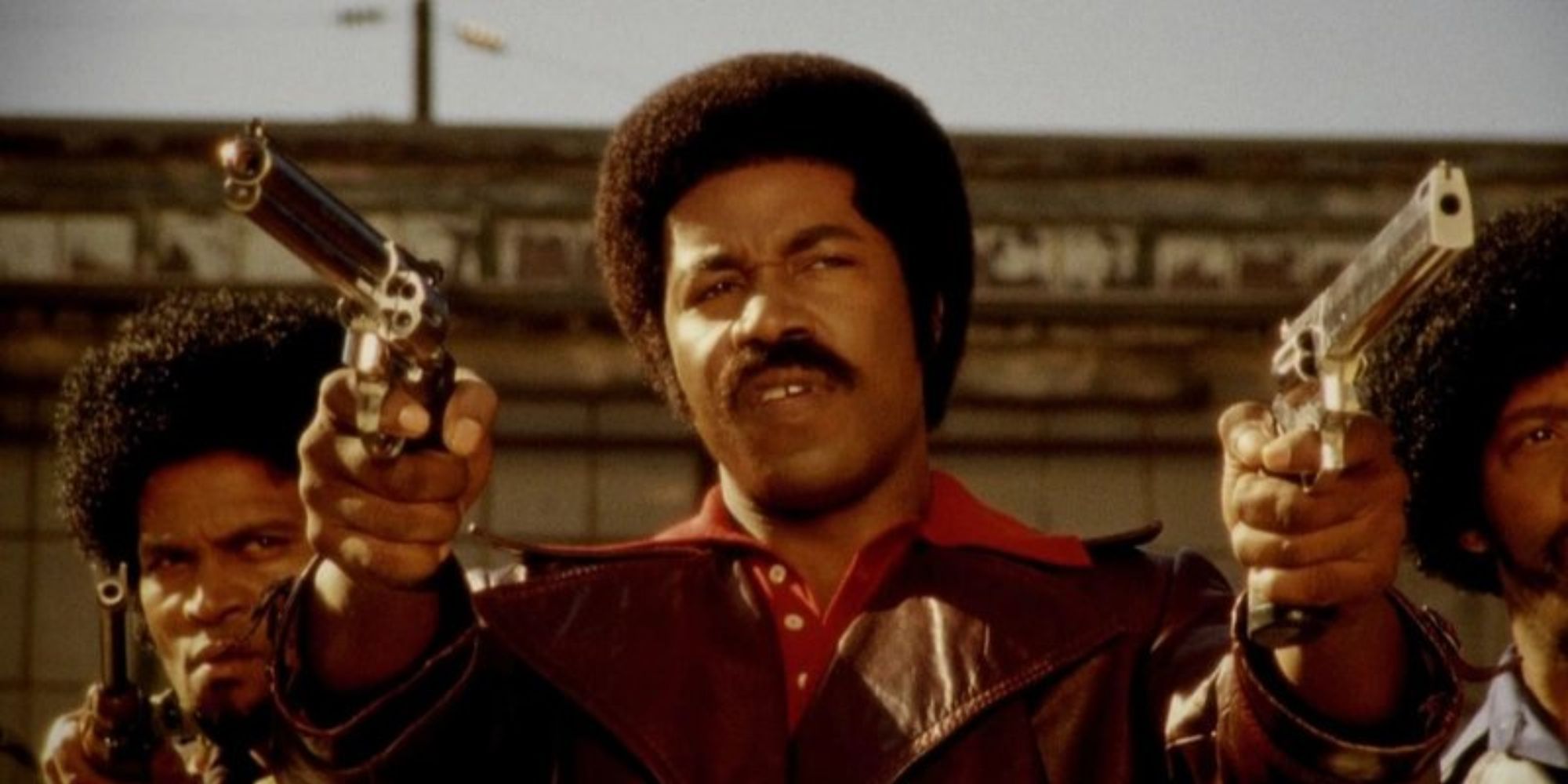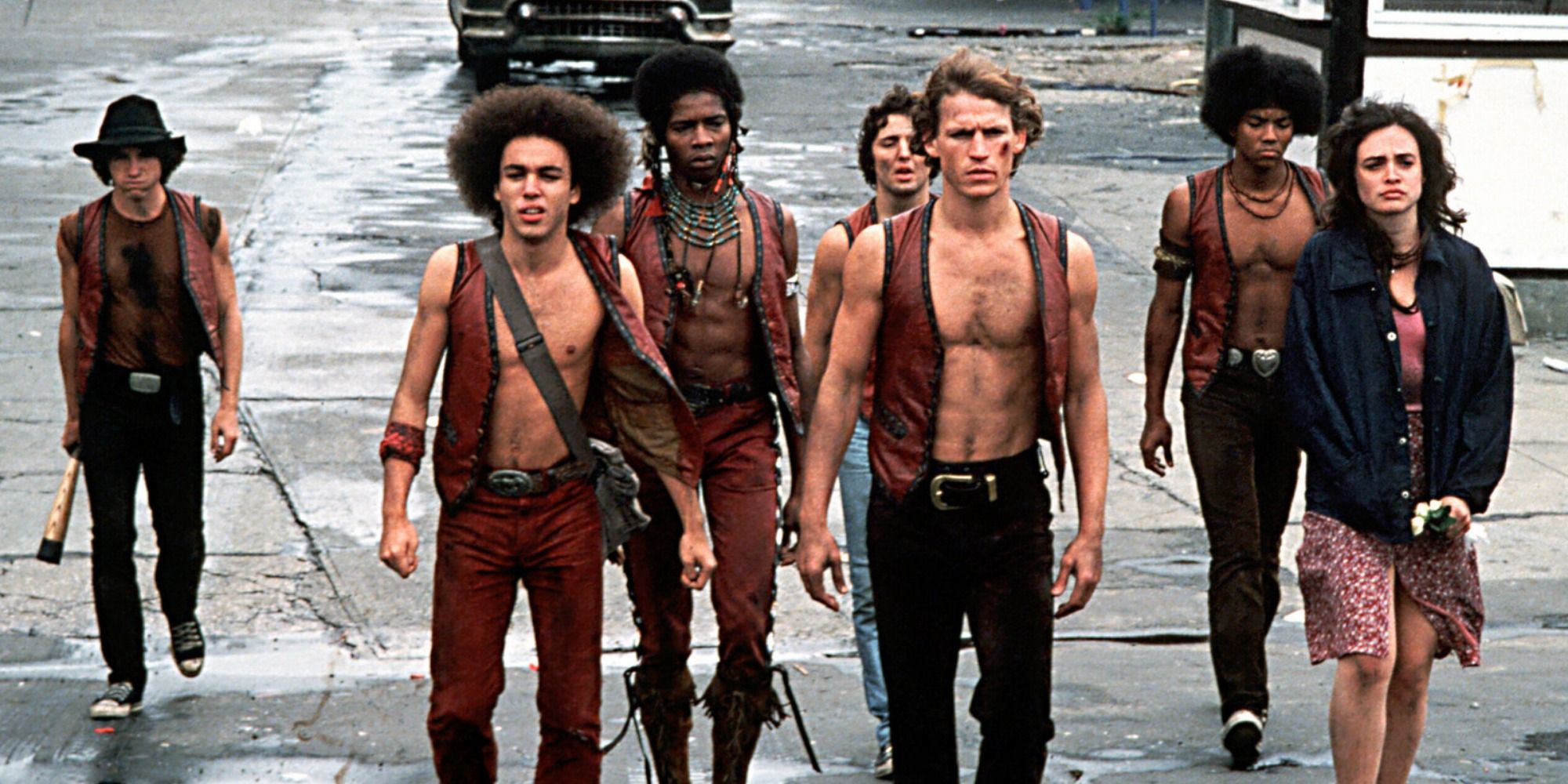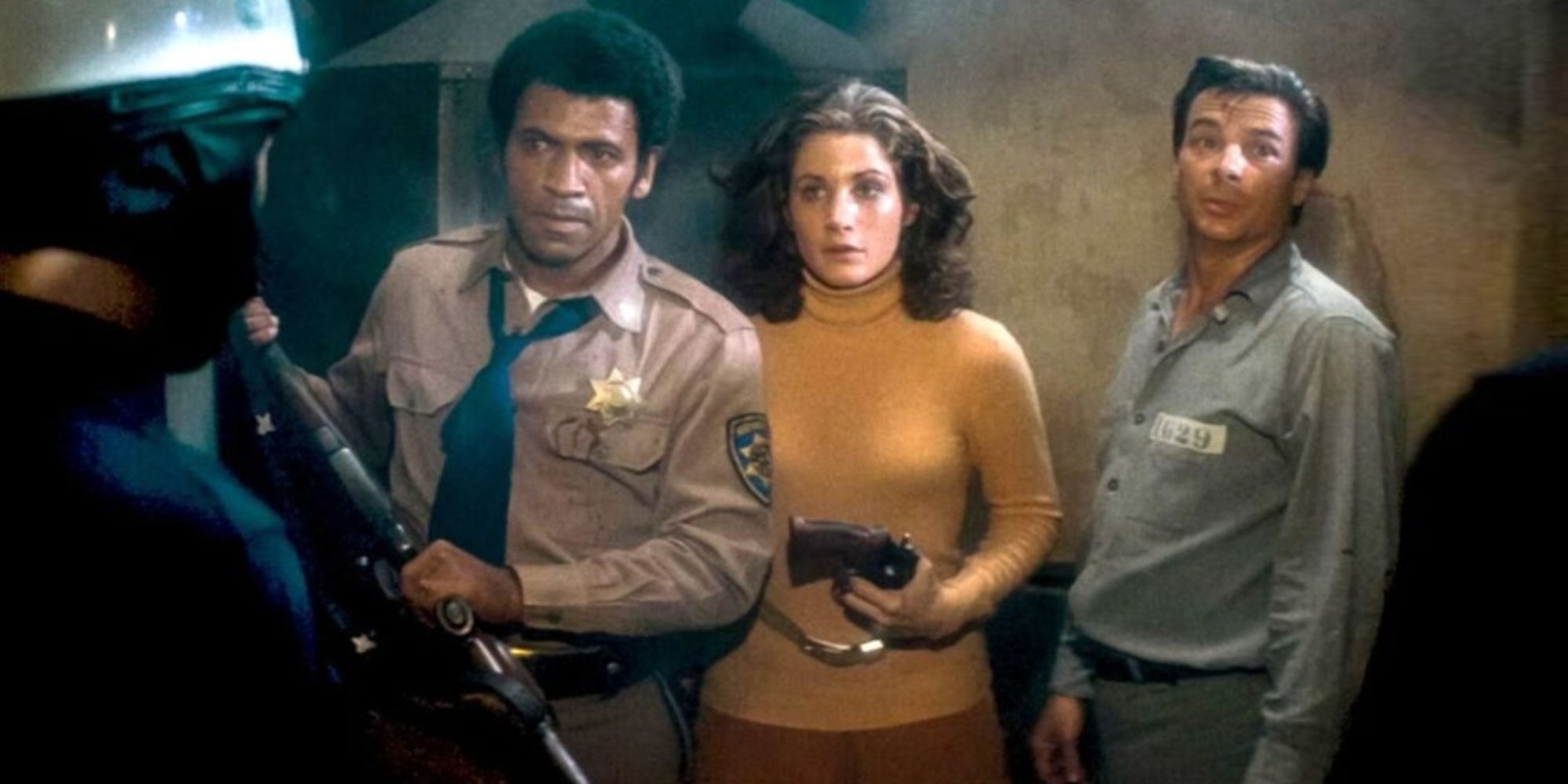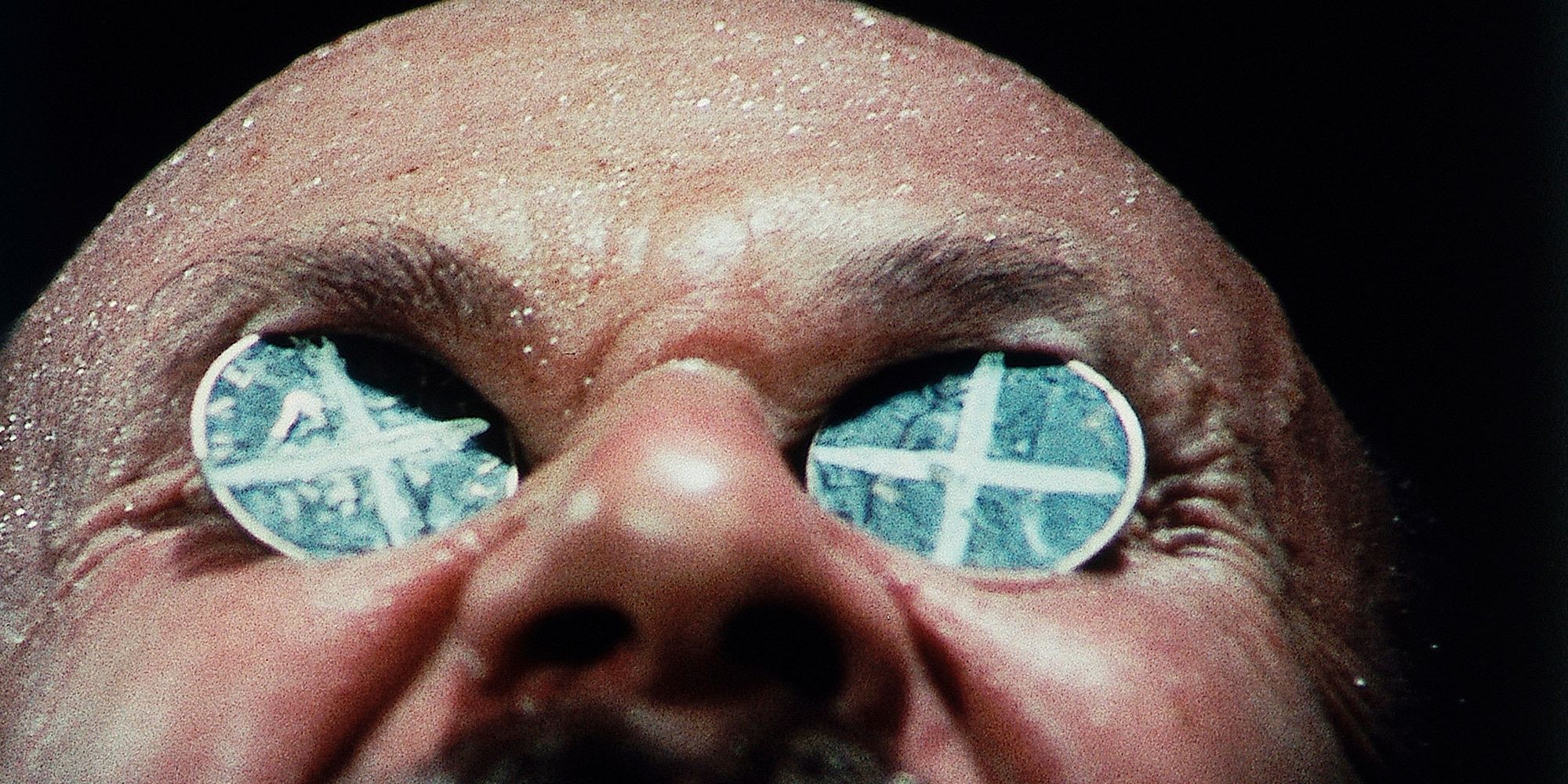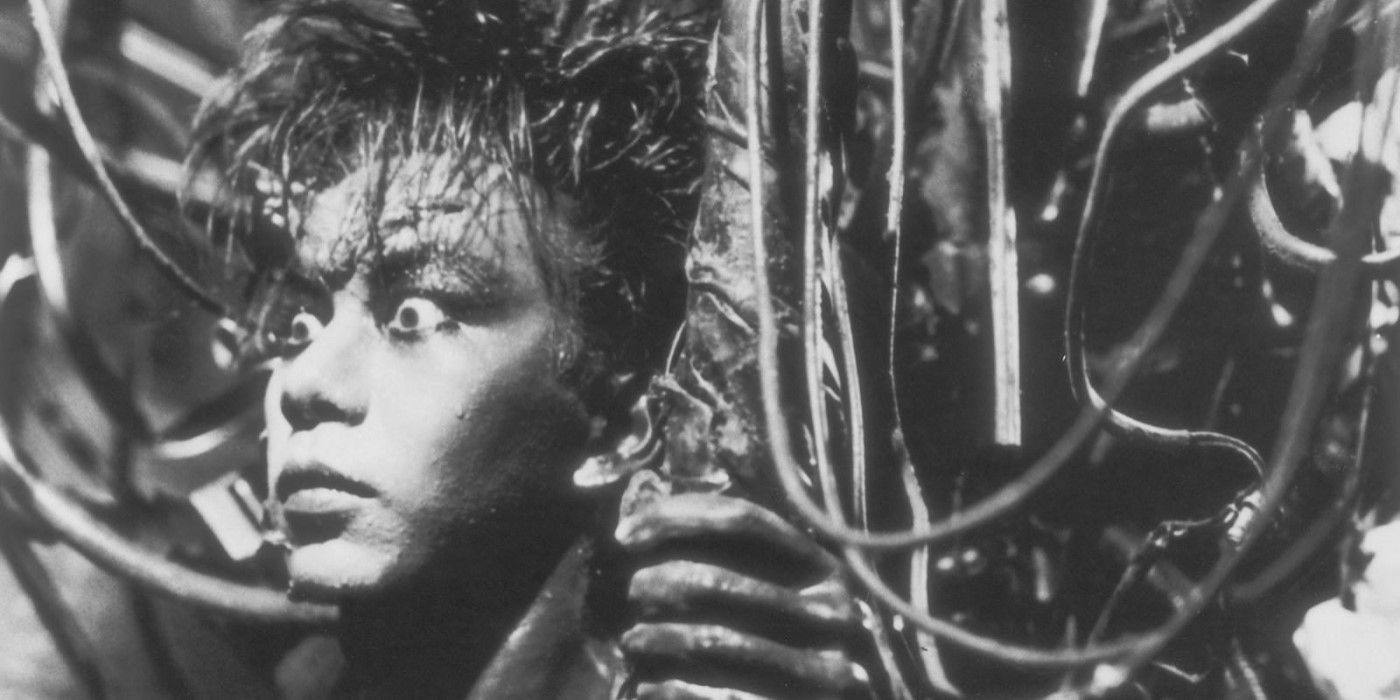Often associated with the category of B-movies or with cult cinema as a whole, exploitation cinema consists of films that capitalize on controversial current events or taboo topics and exploit them for sensationalist, disruptive, or transgressive entertainment. These kinds of films are often looked down upon as cheap, low-brow content, and that’s a huge part of their appeal.
Some exploitation movies are so bad they’re good, others are just okay, and others are just plain awful. However, there are a precious few that, all things considered, are genuinely amazing films. They come from all over the world and belong to all manner of different exploitation movements, and they’re all worth watching for those who enjoy this kind of cinema.
10
‘Roar’ (1981)
Directed by Noel Marshall
Actors and married couple, Noel Marshall and Tippi Hedren, loved big cats. At their house in L.A., they kept a large number of lions and other big cats that they had acquired from zoos. Their passion for these majestic beasts was the inception for Roar, which may just be the most dangerous movie ever made.
On paper, Roar doesn’t seem like a particularly extraordinary movie. The dialogue is stilted, and the plot is virtually nonexistent. It’s knowing what went on behind the scenes, however, that makes this one of the most tense thrillers imaginable. The big cats seen in the movie were actually real, and as an obvious result, more than 70 members of the cast and crew were injured during filming. This makes the actors’ terrified performances feel as real as can be, and the whole experience of watching their ordeals a true nail-biter.
9
‘Death Proof’ (2007)
Directed by Quentin Tarantino
When a movie deliberately tries to be a cult classic, it often fails — thankfully, few people know movies like Quentin Tarantino. As such, the auteur was able to create in Death Proof a love letter to grindhouse cinema and B-grade cult classics that’s just as much of a modern exploitation classic in its own right. For fans of the director and fans of exploitation films alike, it’s a must-see.
Death Proof has the bloody charm of a B-slasher and the thoughtful writing and high level of technical quality of a Tarantino movie. What more could one possibly wish for in an exploitation flick? Terribly underrated and delightfully hard to box into a specific label or category, Death Proof is a strangely nostalgic throwback to the grindhouse gems of yesteryear.
8
‘Beyond the Valley of the Dolls’ (1970)
Directed by Russ Meyer
The first of only two movies based on a screenplay written by legendary Chicago critic Roger Ebert (and the only one for which he didn’t opt to use a pseudonym), Beyond the Valley of the Dolls is a satirical musical that’s surprisingly exploitation-like for a movie written by a critic that rarely seemed to like exploitation films. It might not have been conceived as such, but with Russ Meyer behind the camera, it was always bound to end that way.
The movie was panned by critics upon release, but its cult status today establishes it as one of the most beloved NC-17-rated movies ever. Sex, drugs, and an incredible female cast featuring the likes of Dolly Reed, Cynthia Myers, and Pam Grier in a small role make this an essential ’70s exploitation classic. It’s not a super well-made film in the strictest sense, but its entertainment value is absolutely glorious.
7
‘Coffy’ (1973)
Directed by Jack Hill
Another essential Pam Grier gem, Coffy was actually the actress’s breakout role, establishing her as the queen of Blaxploitation cinema. One of her best movies, Coffy is one of the quintessential entries in this movement that exploited the cultural momentum of the civil rights and Black power movements. Those looking for a fun movie with a badass female protagonist needn’t look any further.
Coffy wasn’t a big hit with critics upon release, but that’s kind of a given with pretty much any exploitation movie. With time, however, it came to be appreciated as one of the most important Blaxploitation flicks, with spunk, grit, and violence to spare. It’s also a spectacular, if uneven, showcase for Grier, one of the most underrated actresses of her generation. Coffy is an imperfect movie with an imperfect lead performance, but its flaws only make it more amazing.
6
‘Black Dynamite’ (2009)
Directed by Scott Sanders
Black Dynamite was devised as both a parody of and an homage to the Blaxploitation action films of the ’70s, and seeing as it’s such a well-made tribute, it’s no surprise that it became a beloved cult classic in its own right. It follows the titular character, the greatest Black action star of the 1970s, who has to seek justice after his brother is killed.
One of the best parody movies of all time, Black Dynamite is both a clever deconstruction of Blaxploitation tropes and a hilarious, nostalgic, exquisitely silly action movie in itself. It’s best enjoyed by those who have seen at least a few Blaxploitation films before, but in all honesty, Black Dynamite is such a phenomenally entertaining film that it can be appreciated by absolutely anyone who likes having fun.
5
‘The Warriors’ (1979)
Directed by Walter Hill
When it premiered, The Warriors was hated by critics like Gene Siskel due to its lack of realism. Young people loved it, however. Largely thanks to them, today, The Warriors is one of Hollywood’s biggest cult classics from the ’70s. It fits perfectly into the youthsploitation label, a branch of exploitation cinema about youngsters rebelling against the system.
The Warriors is a cult masterpiece with a timely message that knows exactly how to exploit its pulpy elements and stylish violence for full entertainment value.
The Warriors is highly stylized and undeniably entertaining, taking a look at male violence and gang culture that seemed refreshingly non-condemnatory at the time. It’s a cult masterpiece with a timely message that knows exactly how to exploit its pulpy elements and stylish violence for full entertainment value. With time, it has only kept aging better and better.
4
‘Assault on Precinct 13’ (1976)
Directed by John Carpenter
Even though he’s best known for his legendary work in horror, John Carpenter also dipped his toes into several other genres with tremendous success, as proved by the action thriller Assault on Precinct 13, one of his best works. Carpenter took J. Stein Kaplan‘s request to make a shoestring-budget exploitation flick on the sole condition that he had total creative control. The result is an absolute riot.
Upon release, the movie wasn’t a hit in the U.S., but its success overseas (particularly in Europe) was what turned it into the cult classic it’s seen as today. The action is gritty, taut, and incredibly fun, and the way Carpenter makes this feel like a zombie film without actually bringing in any supernatural elements is both admirable and beneficial for the story’s themes of violence. Expertly paced and masterfully written, it may be an exploitation movie, but it’s also genuinely exceptional.
3
‘Wake in Fright’ (1971)
Directed by Ted Kotcheff
From the early 1970s to the late 1980s, the Ozploitation movement—low-budget exploitation films made in Australia—rocked the cult market. There are plenty of great Ozploitation movies, but there’s one in particular that stands tall above the rest: the Australian-British-American co-production Wake in Fright, a film that initially developed its cult reputation as lost media, since its master negative was missing until the film was rescued in 2004.
It’s a good thing that Wake in Fright eventually came back into the world, because it’s one of the most thrilling films of its era. Full of violence, alcohol, and brutality, as well as significantly controversial due to its depiction of a real kangaroo hunting scene, it’s one of the most historic entries in Australian cinema. Hellish in tone and nihilistic in its narrative approach, it’s a must-see for exploitation cinema fans.
2
‘Tetsuo: The Iron Man’ (1989)
Directed by Shinya Tsukamoto
The plot of the Japanese body horror film Tetsuo: The Iron Man is simple enough. In it, a businessman accidentally kills a man with his car and is gradually punished by slowly transforming into a hybrid beast of flesh and metal. Tremendously graphic in its depictions of violence and sex, as well as undeniably grotesque from title sequence to credits, it’s the textbook definition of an exploitation cult classic.
Tetsuo looks and sounds cheap, has some exaggeratedly over-the-top performances, and is fully focused on being as transgressive as possible. By all means, it seems on paper that it shouldn’t work. And yet, it’s one of the greatest body horror movies ever made, getting delightfully creative with its cheap aesthetics and delivering a hard-hitting message about the dark side of industrialization. This is the kind of brilliance that exploitation cinema aspires to.
1
‘Battle Royale’ (2000)
Directed by Kinji Fukasaku
Incredibly controversial and banned in several countries, the Japanese dystopian exploitation flick Battle Royale had to be released straight to video in places like the U.S. due to its transgressive material, which only helped its cult potential skyrocket. Today, it’s an ice-cold take to call it the best battle royale movie of all time.
A biting, bloody, crude critique of class disparity and totalitarianism, the film is brilliantly provocative and a must-see for fans of ultra-violent exploitation cinema. Highly acclaimed, visually vigorous, thematically profound, and endlessly dedicated to the thought-provoking effect it seeks to have on the viewer, Battle Royale is one of the most iconic and important cult classics of the 2000s, and perhaps the 20th century’s last masterful exploitation movie.





